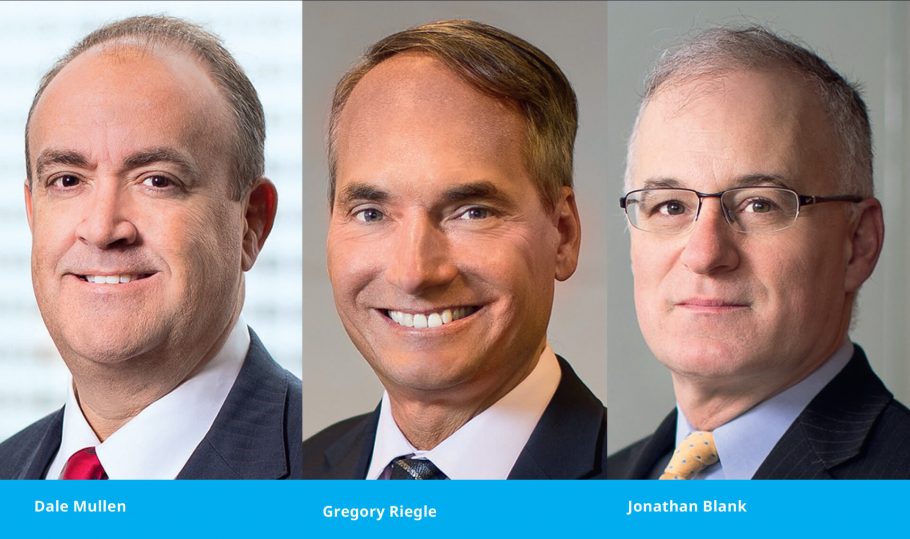The need for reliable, affordable broadband Internet access is growing. “Nearly two-thirds of the global population will have Internet access by 2023. There will be 5.3 billion total Internet users (66 percent of the global population) by 2023. The number of devices connected to IP networks will be more than three times the global population by 2023.” As broadband Internet access and reliance on that access increases, the need for data centers and Internet infrastructure will increase, accelerating at speeds never seen before.
BROADBAND INTERNET ACCESS IS THE NEW ELECTRICITY
In its 2021 announcement for President Biden’s American Jobs Plan, the White House recognized broadband Internet access as a necessity: Broadband Internet is the new electricity. It is necessary for Americans to do their jobs, to participate equally in school learning, health care, and to stay connected. Yet, by one definition, more than 30 million Americans live in areas where there is no broadband infrastructure that provides minimally acceptable speeds.
The 1936 Rural Electrification Act provided electric power cooperatives federal loans to install distribution systems in rural areas of the United States. Many of these electrical cooperatives still exist today. Like electricity in 1936, broadband Internet in 2021 has become a necessity, not an option, in every aspect of life—from personal cell phones to global competence.
Though broadband Internet access is necessary, the supply is inadequate. According to the White House briefing, more than 30 million Americans live in areas lacking reliable, affordable broadband connectivity. As it was 85 years ago for electrical power, many of the areas lacking broadband Internet access are in rural areas or tribal lands.
The American Jobs Plan provides the opportunity for the data center industry and electrical providers to work together to create the sophisticated infrastructure needed for broadband Internet to be available, stable, reliable, and also affordable. Such a partnership has a head start over any business acting alone, as it can draw on resources and assets already in place, networks already existing, to focus on forward-looking and long-term goals.

$100 BILLION FOR HIGH-SPEED BROADBAND INTERNET ACCESS IN THE AMERICAN JOBS PLAN
The $2 trillion American Jobs Plan commits $100 billion to high-speed broadband Internet access. The American Jobs Plan prioritizes a “future proof” broadband infrastructure in unserved and underserved areas intending to reach 100 percent high-speed broadband coverage. The American Jobs Plan is similar to electrifying rural America in 1936 because it prioritizes efforts to serve entire communities through support for broadband networks owned, operated by, or affiliated with local governments, non-profits, or electrical energy providers. The American Jobs Plan seeks to promote price transparency and competition among broadband Internet access providers by removing barriers to entry for broadband Internet access provided by municipally-owned or affiliated providers and rural electric co-ops.

